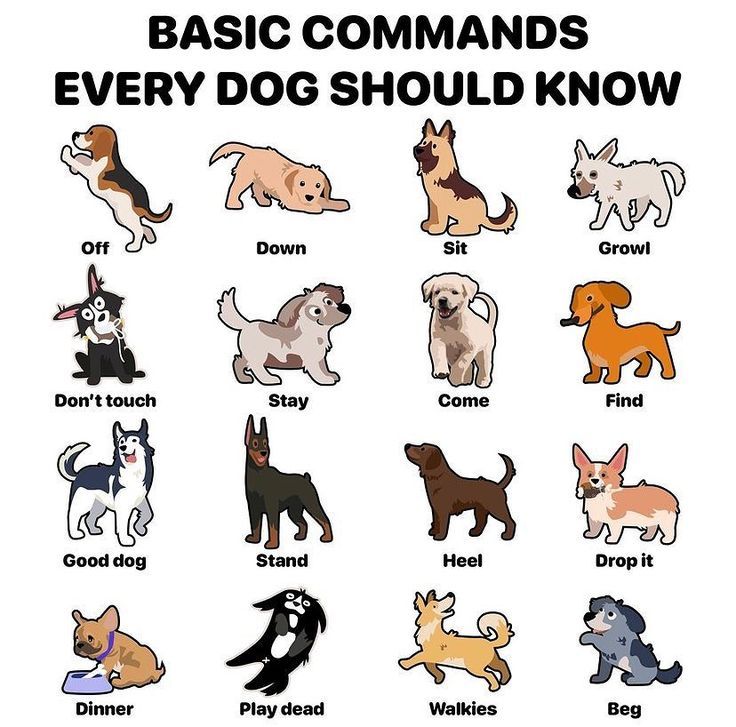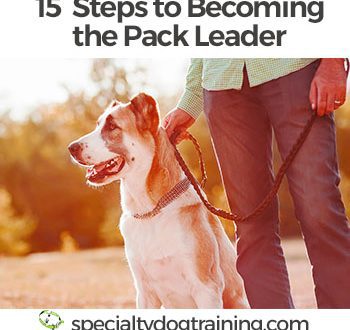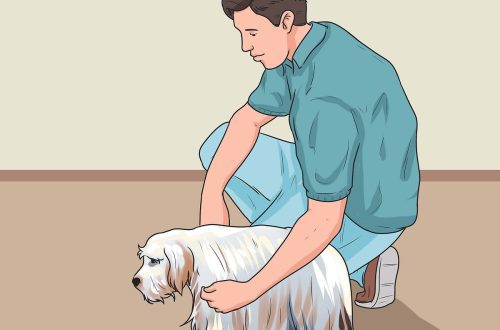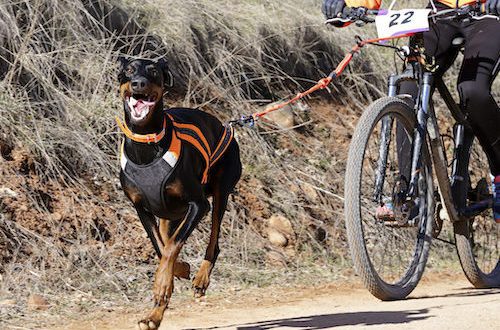
What Commands Every Dog Should Know
A trained, well-mannered dog always evokes the approval and respect of others, and its owner, of course, has a good reason to be proud of the work done with the pet. However, often novice dog breeders neglect training, explaining that the dog is wound up for the soul and she does not need to know the commands. Of course, this approach cannot be called correct, because. training does not necessarily include tricky, difficult to execute commands, but lays the foundation for the correct behavior of the dog at home and on the street, on which the comfort and safety of not only others, but also the pet itself depends. Therefore, every dog needs basic training, whether it be a tiny decorative pet or a large good-natured companion.
In this article, we will talk about the basic commands that every dog should know, but of course, there are many more useful commands. Also, do not forget that different breeds have their own characteristics in training and many pets require special training with the involvement of a professional, especially if you plan to develop the working and service qualities of your dog.
“Phew!”
This useful command is familiar to all dog breeders, but not everyone uses it correctly. Unfortunately, in practice, the command “Fu” is often inserted at almost any undesirable action of the dog, even if in this case it is not entirely appropriate. For example, if a pet is pulling a leash, it is better to act on it with the “Near” command, and not “Fu”, since a dog trained on the “Fu” command to spit out a stick picked up on the street will not understand at all what is required of it in the case of leash, because she has nothing in her mouth!
Knowing the “Fu” command for dogs is as essential as air. A short but capacious word not only greatly facilitates the maintenance of the dog, but often saves the life of the pet, preventing, for example, from picking up poisoned food from the ground.
“To me!”
Also an incredibly helpful team, actively involved in the daily life of the owner and pet. These two capacious words will allow the owner to always control the movement of the dog and, if necessary, call her to him, even if at this time she is passionate about playing with other dogs or running after the ball thrown to her.
“Beside!”
The “Nearby” command is the key to a pleasant walk with your pet. A dog that knows the command will never pull on the leash, trying to run ahead of a person or deciding to sniff the lawn that interests it. And if the pet learns the command well, he will walk next to the owner even without a leash.
“Place!”
Every dog needs to know his place. Of course, she can rest anywhere if it suits the owners, but on the appropriate command, the pet should always go to her bed.
“Sit!”
Commands “Sit”, “Lie down”, “Stand” in everyday life are also necessary. For example, knowing the “Stand” command will greatly facilitate the examination by the veterinarian, and the “Sit” command will be very useful when practicing other commands.
“Fetch!”
Favorite team of active pets. At the command “Fetch”, the dog must immediately bring the owner the thing thrown to her. This team is actively involved in the game process, as it allows you to provide the dog with the necessary physical activity, as well as when examining unfamiliar terrain.
“Give!”
“Give” is an alternative to “let go,” not “bring.” On the “Give” command, the dog will give you a caught ball or a stick brought to you, but will not run in search of your favorite slippers. This is a pretty useful command for dogs of all breeds, often used in everyday life.
Exposure
Knowledge of endurance contributes to the high efficiency of pet training. The essence of the command is that the dog does not change its position for a certain time. Exposures are practiced in sitting, lying and standing positions. This command helps the owner to better control the behavior of the pet in any situation.
In the process of training, praise and treats should not be forgotten, as reward methods are the best incentive for your pet. Another key to success is commitment. It should be interesting and pleasant for the dog to learn new commands, and training should be perceived by him as an exciting activity, and not as a difficult and boring job, during which the owner is always dissatisfied and angry.
When training a dog, be moderately persistent, but always benevolent and patient. It is your support and approval that are the main helpers of the pet on its way to achieving the goal!





